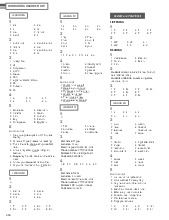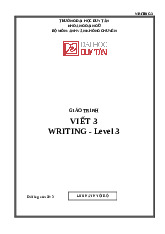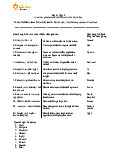

Preview text:
ENDOCRINE SYSTEM Components
- The endocrine system regulates body activities in order to maintain
homeostasis and we have many endocrine glands throughout our body and as they secrete hormones.
- Hormones produce their effects by binding to receptors, which are
recognition sites in the various target tissues on which the hormones act.
- Endocrine glands are ductless and they secrete hormones directly into the bloodstream.
- These glands include the pituitary and pineal glands, and the
hypothalamus, all of which are parts of the brain.
- Then there are the thyroid and parathyroid glands, found in the neck in front of the trachea.
- Next we have the adrenal glands and the pancreas, which are in the lower torso
- Finally are the gonads, which are called testes for a male and ovaries for a female. The functions:
- Hypothalamus: regulates hunger, thrist, sleep, wakefulness and body temperature.
- The pituitary gland: control all other endocrine glands and it influences
growth metabolism and regeneration basically controls cell growth.
- The parathyroid gland: secrete the hormones necessary for calcium
reabsorption, they secrete PTH parathyroid hormone which controls the
amount of calcium in the blood and bones.
- The thyroid gland: regulate energy and metabolism, they secrete the
thyroid the thyroid hormone T3, T4 and calcitonin.
- The pacreas: aids in digestion of protein fats and carbonhydrates it
produces the hormone insulin which contro;s blood sugar levels.
- The adrenal glands: they control the fight-or-flight response, the
adrenal glands release adrenaline and cortisol it regulates metabolic
processes water balance blood pressure and many other things.
- The gonads glands: influence sexual development in females the
ovaries produce estrogen and progesterone, in males the testes produce testosterone



